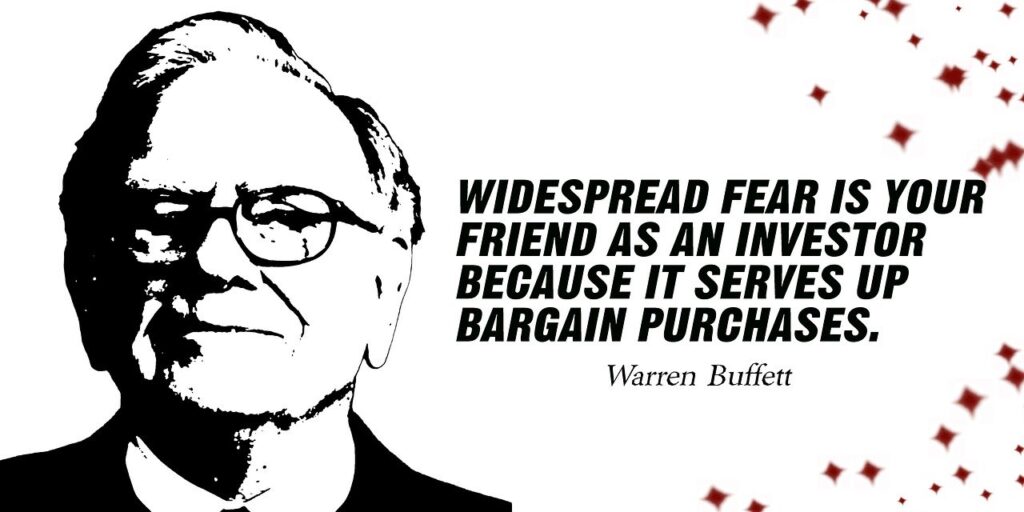Financial celebrities like Warren Buffett are sometimes revered as demigods and who wouldn’t want to know how the great investors make money on financial markets? The financial industry often invests enormous amounts to identify sometimes even the smallest opportunities to make a profit and still experts can be surprised as the average Joe by the actual events.
Would you have thought that stocks rebounded so quickly after the coronavirus hit the markets? With almost all the losses recouped, is this trend going to continue despite millions of jobs at risk and businesses on the brink of collapse? The decoupling of equity markets from the real economy activity is a mystery for many observers, but are eventually down to a number of factors that can be established and used as the foundation of market forecasts.
Therefore, the questions we ask ourselves at this point in time may sound unique, but in many cases are only a modern version of older themes. At any time in history, professionals and amateurs have tried to make sense of the developments to make a profit trading stock and other financial instruments. The trick is, of course, to predict such events that move the financial markets and invest accordingly.
Two new books aim to help understand the questions of our time and those we may face in the future by explaining the underlying currents of market developments and share price evolution in order to provide guidance on how to invest correspondingly.
The Long Good Buy: Analysing Cycles in Markets
The first one is Peter C. Oppenheimer’s The Long Good Buy: Analysing Cycles in Markets. As the title already indicates, it examines the repeated patterns in financial markets, the factors that drive them, and how changes in economic conditions and technology drive investment opportunities. He presents lessons from the past to show what cycles look like and what sets them off, looking at the developments since the 1980s and of course parallels to the crash in 1929. The book looks into the nature, causes and implications of both bull and bear markets in stocks, but also outlines lessons for the future of trading in financial instruments: Oppenheimer shows how the financial crisis of 2007/2008 has changed the game and what it means for investors. He explores the three waves of the financial crisis, the response of the markets as well as regulators and the impact of ultra-low bond yields. Lastly, he also examines the impact of technology on the cycle, which in turn has again changed the way cycles develop and progress. While the current Coronavirus crisis and its fall out certainly have significantly changed the conditions existing before the outbreak and therefore altered the way of the current cycle, the many challenges, with the impact of climate change possibly being the most severe, investors were already facing, have not gone away. It is therefore all the more important to understand the key changes that have occurred in economic conditions, politics and technology over the past decades. Only then can investors identify the key factors that affect returns in equities throughout market cycles and that is, after all, one of the key objectives of Oppenheimer’s book.
The Little Book of Investing Like the Pros
The second book is „The Little Book of Investing Like the Pros” by Joshua Pearl and Joshua Rosenbaum. Stock picking and the underlying concepts often resemble rocket science in their complexity and the authors have set out to analyse the concepts to produce a work that is comprehensible and accessible for investment professionals and pros-to-be. Whether directly investing in single shares or through the use investment funds and exchange-traded funds, stock picking has taken a dominant role in the financial planning of investors. Yet, even financial professionals often struggle with all aspects and the majority of individual investors lacks the basics of making educated investment decisions. Pearl and Rosenbaum insist that only through simplicity and accessibility this can be overcome and thus make it the foundation of their guide. Through real-world examples and actual models used by professionals, they try to deliver the reader a step-by-step process they can follow in their investment approach. Focusing on five key steps from the sourcing of an investment idea, its review and testing, the necessary due diligence, to the aspects of valuation and catalysts, which are the foundation of the eventual decision to follow through the original idea by investing or not, the Little Book is a framework for stock picking for investors of all sorts.
Whether the investor eventually succeeds in beating the market, naturally depends on a number of factors and not lastly the quality of his or her own work, but the process set out in the book should be a great instrument to achieve that goal.
The Long Good Buy: Analysing Cycles in Markets by Peter C. Oppenheimer and The Little Book of Investing Like the Pros by Joshua Pearl and Joshua Rosenbaum are published by Wiley
